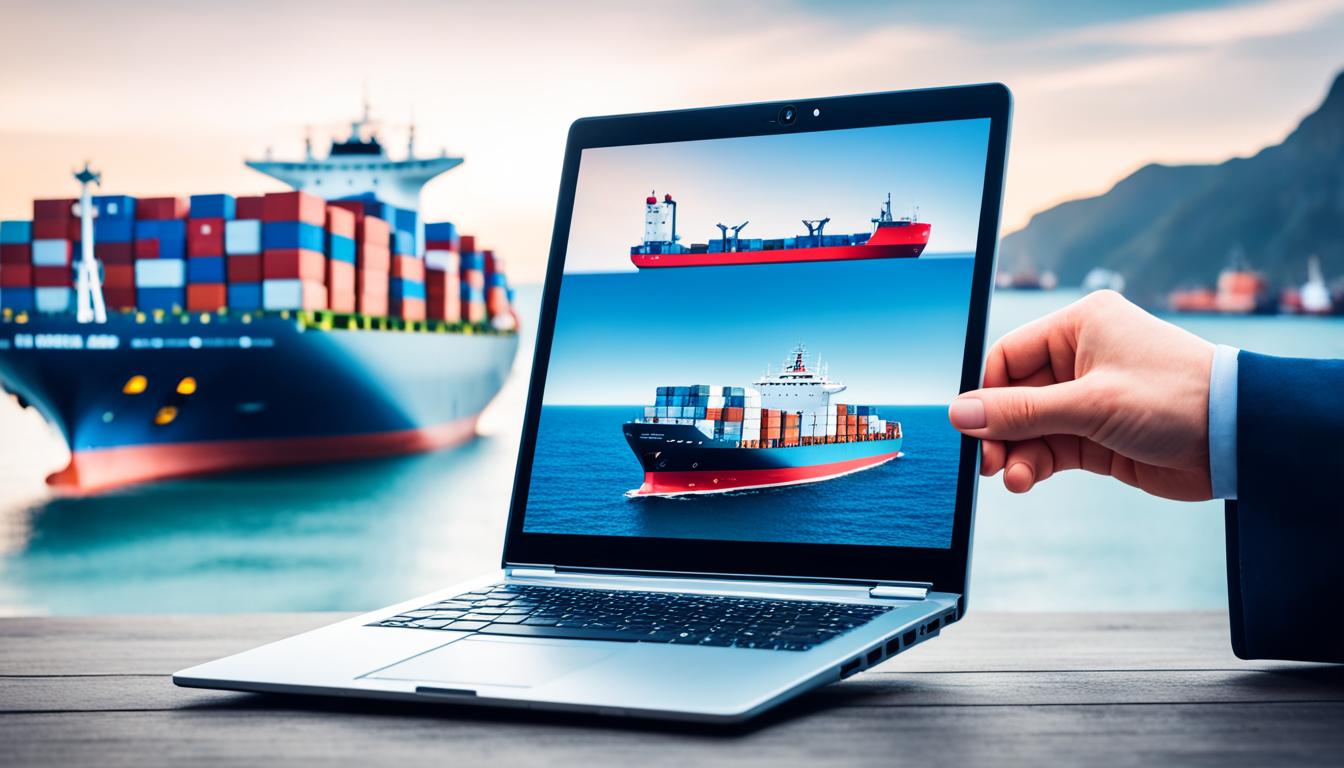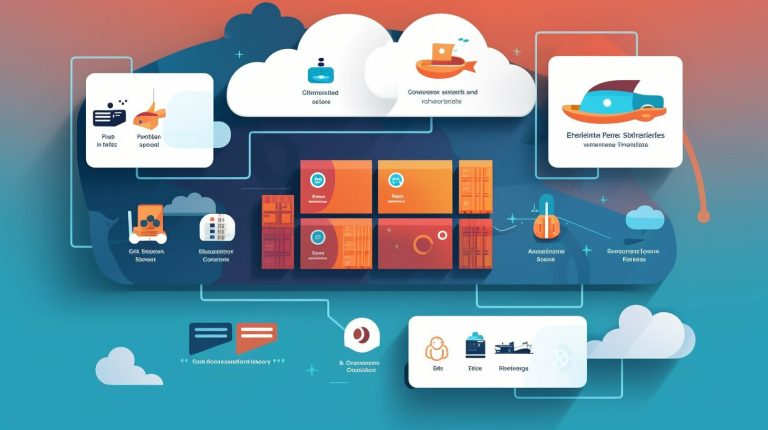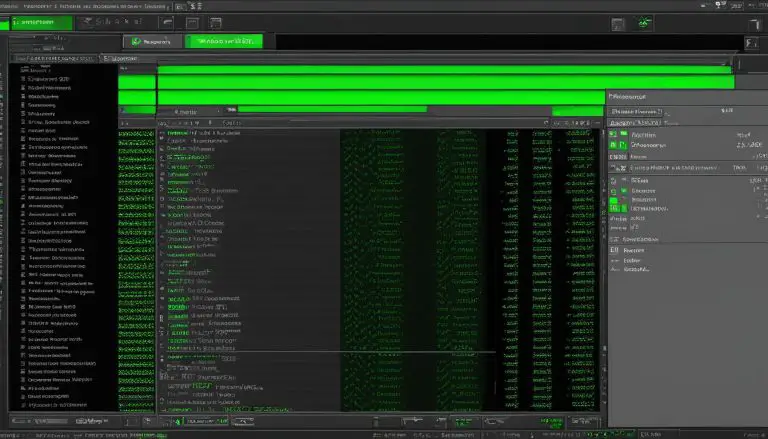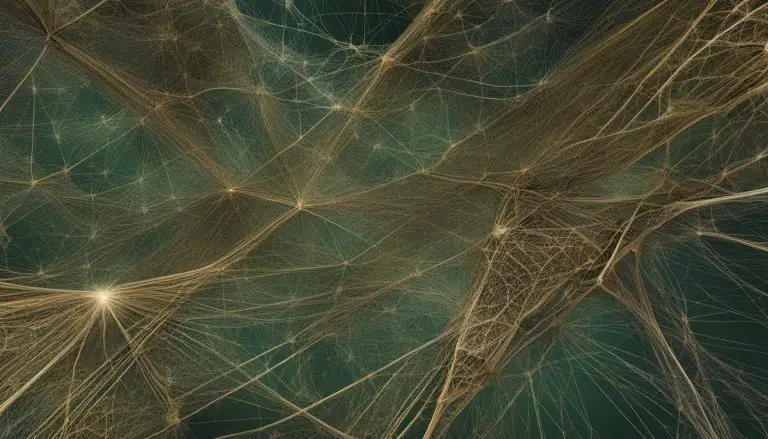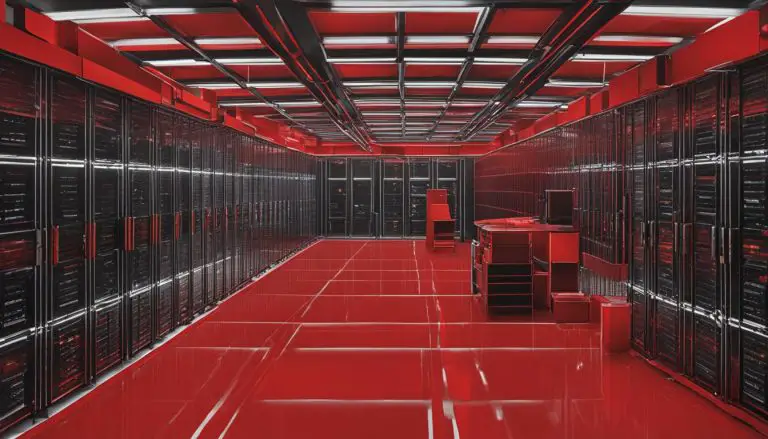Connecting to MariaDB Docker: A Step-by-Step Guide
Are you ready to change how you manage databases but don’t know how to connect to MariaDB with Docker? This guide will help you every step of the way. It covers installing Docker and setting up a MariaDB Docker container. By the end, you’ll have a working MariaDB environment for your database needs.
Think about running MariaDB in a Docker container easily. It offers powerful features without the need for complicated setup. This guide gives you the tools and knowledge to make it happen.
Key Takeaways
- A step-by-step MariaDB Docker guide designed for efficiency and ease of use.
- Learn how to connect to MariaDB Docker effortlessly.
- Instructions on installing Docker can be found in this guide.
- Setting up a MariaDB Docker container explained in simple steps.
- Utilize Docker to unlock MariaDB’s full potential.
Introduction to MariaDB and Docker
MariaDB is a top choice for developers because it’s open-source and strong. It started from MySQL and keeps its powerful features. This makes it great for many kinds of apps.
Docker is known for its way of using containers. With Docker, developers can make environments that use less resources and are easy to handle. This Docker containerization lets many containers run on one machine without problems. It’s a key tool for today’s developers.
Putting MariaDB and Docker together makes setting up easier and improves how we manage databases. Using MariaDB in a Docker container lets developers quickly start and grow database services. They don’t have to worry about compatibility with the hardware.
This setup lets MariaDB use Docker’s light and moveable containers. Docker’s ready-made images of MariaDB make sure the database environment is always the same and reliable. This makes improving development and deploying databases better.
By combining open source MariaDB with Docker’s way of separating things, developers get a database solution that’s efficient, easy to manage, and can grow. This guide will help users understand how MariaDB and Docker work together. It will show the benefits and make integrating them easy.
Installing Docker on Your System
Setting up Docker is key to running MariaDB containers on your local machine easily. You can either download Docker Desktop or use the Docker universal script, based on your system and preference.
Downloading Docker Desktop
To start, visit the Docker website and download the right version for your system—Windows, macOS, or Linux. Then, follow the setup wizard’s instructions to finish the installation. Once installed, Docker Desktop is ready to help you manage and run MariaDB containers with ease.
Using the Universal Installation Script
If you want a simpler setup or work on various systems, the Docker universal script is a great choice. This script makes installing Docker automatic, ensuring a consistent setup. Just download the script from Docker’s official site and run it in your terminal. This method makes setting up Docker and running MariaDB containers quick and easy.
Setting Up the MariaDB Docker Container
Setting up the MariaDB Docker container is easy with a few steps. First, download the official MariaDB Docker image. Then, create a container to run MariaDB efficiently.
Downloading the MariaDB Docker Image
Start by downloading the official MariaDB Docker image from Docker Hub. This image is the base for your MariaDB container. Use this command to pull the image:
This command gets the latest MariaDB Docker image. Now, it’s ready for creating a container.
Creating and Running the MariaDB Container
After getting the image, create a container. Set up the container with the right environment variables and port mappings. Here’s how:
This command starts a container named “mariadb-container” with a root password of “my-secret-pw”. It also connects port 3306 of the host to port 3306 of the container.
Running MariaDB Docker makes your database available when you need it. You can manage your container with Docker commands or by using SSH to access the Docker. This lets you do advanced setups and fix issues.
Connecting to MariaDB Inside the Docker Container
After setting up the MariaDB container, it’s important to connect to it. You can use the Docker exec command to open the container’s command line interface. Here’s how to connect to MariaDB inside the Docker container:
First, start the MariaDB Docker connection. Use the Docker exec command in the terminal to enter the container:
docker exec -it /bin/bash
Replace
1 |
with your actual container name.
Inside the container, start the MariaDB client with the MariaDB Docker CLI:
mysql -u root -p
This will ask for the root user’s password. After entering the correct password, you can work with the MariaDB instance. The MariaDB monitor lets you run SQL queries and manage the database.
This way, I can easily connect to MariaDB inside the Docker container. I use the Docker exec command and the MariaDB Docker CLI for database operations.
Using External Tools to Connect to MariaDB Docker
The MariaDB command-line client inside the Docker container works well for basic tasks. But, many users prefer external tools like the MySQL client for more complex management. Setting up an external connection to MariaDB Docker is easy with the right steps. I’ll show you how to set up the MySQL client on your system and connect to your MariaDB Docker container.
Setting Up MySQL Client
First, you need to install and configure the MySQL client correctly. Here’s what to do for the MySQL client setup:
- Download the MySQL client from the official MySQL website or through your package manager.
- Install the client by following the installation instructions for your operating system.
- Check if it’s installed by running the command
1mysql --version
in your terminal.
Connecting via TCP
To make a TCP connection to your MariaDB Docker container, you need to get past Docker’s network barriers. Here’s how:
- Make sure your MariaDB Docker container is running. Use the official guide on installing and using MariaDB via Docker for the right commands.
- Find the Docker container’s IP address with the command
1docker inspect | grep "IPAddress"
.
- Use the MySQL client to connect with the command
1mysql -h -u -p
.
By doing these steps, you’ve set up an external connection to your MariaDB Docker container. This lets you manage your database more efficiently with the MySQL client.
Securing Your MariaDB Docker Environment
Keeping your MariaDB Docker safe is key. I’ll show you how to set up user access and firewall rules for a strong defense.
Configuring Users and Privileges
For a secure MariaDB Docker, setting up user privileges is vital. This means making user accounts with certain roles and permissions. It limits access to important data and actions.
- Create a new user:
1CREATE USER 'username'@'hostname' IDENTIFIED BY 'password';
- Grant necessary privileges:
1GRANT SELECT, INSERT ON database.* TO 'username'@'hostname';
- Flush privileges to apply changes:
1FLUSH PRIVILEGES;
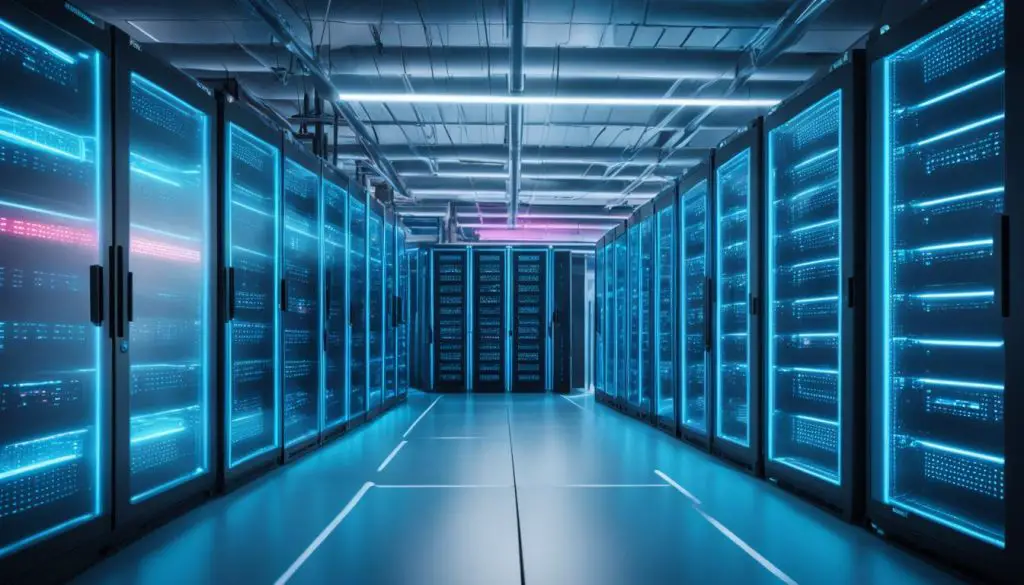
By giving users specific roles, you protect your data. For more details, check out this guide on managing MariaDB user accounts.
Setting Up Firewall Rules
Setting up a Docker firewall is also crucial. It blocks unauthorized access and lets only trusted sources talk to your MariaDB.
- Identify the Docker container ID:
1docker ps
- Set iptables rules to restrict ports:
1iptables -A INPUT -p tcp -s [source_ip] --dport 3306 -j ACCEPT
- Apply the firewall rules:
1service iptables save
These steps will make MariaDB Docker more secure. A strong firewall is essential for a controlled database.
Troubleshooting Common Issues
Even with careful setup, you might run into Docker container issues and MariaDB connection problems. I’ll show you how to fix common problems with MariaDB in Docker. We’ll look at logs and check container health to quickly solve Docker issues.
Container Not Starting
One common issue is your Docker container not starting. There are many reasons for this. Here’s what to do:
- Make sure Docker is running by using
1systemctl status docker
on Linux or checking Docker Desktop on Windows/Mac.
- Look at Docker logs with
1docker logs [container_name]
for error messages or failure reasons.
- Check if the container has enough CPU and memory in your Docker settings.
- Look at your Dockerfile or docker-compose.yml for any mistakes or wrong settings.
Connection Failures
Having connection failures to MariaDB in Docker can be tough. Here are steps to fix MariaDB connection issues:
- Make sure the MariaDB server is running in the container:
1docker exec -it [container_name] mysqladmin ping
- Check that you’re using the right host, username, and password for connection.
- Look at your firewall settings to make sure the MariaDB port is open.
- Look at container logs for errors about connection issues and fix them.
- Use Docker’s networking tools to make sure the container can be reached from your machine:
1docker network inspect bridge
.
For more help with connection problems, check out this comprehensive guide from MariaDB.
Conclusion
As we wrap up our guide on connecting to MariaDB Docker, it’s clear that getting good at MariaDB Docker mastery is easy and very useful. You can easily install Docker, set up a MariaDB container, connect to it, and keep it secure. This easy process shows how Docker helps make managing your database better.
Using Docker Compose makes setting up easier, as shown in the detailed guide here. This tool makes things more portable and efficient. It makes managing your database easier for both new and experienced users.
By using these methods, you’ll get better at managing your database efficiently. I suggest you check out more advanced features of MariaDB and Docker. Join the community and keep improving your skills for better MariaDB Docker optimization. There are many resources, community support, and new tech to help you on this journey.
FAQ
What is the process of connecting to MariaDB using Docker?
Why should I use MariaDB with Docker?
How do I install Docker Desktop?
Can I use a universal installation script to install Docker?
How do I download the MariaDB Docker image?
What are the steps to create and run a MariaDB Docker container?
How can I connect to MariaDB inside the Docker container?
Can I use external tools to connect to MariaDB Docker?
What security measures should I take for my MariaDB Docker environment?
What should I do if my MariaDB Docker container is not starting?
How do I resolve connection failures with MariaDB Docker?
Source Links
- https://mariadb.com/resources/blog/get-started-with-mariadb-using-docker-in-3-steps/
- https://stackoverflow.com/questions/33170489/how-can-i-access-my-docker-maria-db
- https://mariadb.com/kb/en/installing-and-using-mariadb-via-docker/
- About the Author
- Latest Posts
Mark is a senior content editor at Text-Center.com and has more than 20 years of experience with linux and windows operating systems. He also writes for Biteno.com
